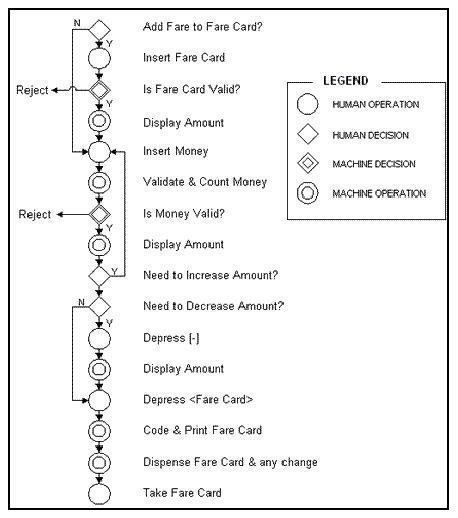 | ||
The flow process chart in industrial engineering is a graphical and symbolic representation of the processing activities performed on the work piece.
Contents
History
The first structured method for documenting process flow, e.g. in flow shop scheduling, the flow process chart, was introduced by Frank and Lillian Gilbreth to members of ASME in 1921 as the presentation “Process Charts, First Steps in Finding the One Best Way to Do Work”. The Gilbreths' tools quickly found their way into industrial engineering curricula.
In the early 1930s, an industrial engineer, Allan H. Mogensen began training business people in the use of some of the tools of industrial engineering at his Work Simplification Conferences in Lake Placid, New York. A 1944 graduate of Mogensen's class, Art Spinanger, took the tools back to Procter and Gamble where he developed their Deliberate Methods Change Program. Another 1944 graduate, Ben S. Graham, Director of Formcraft Engineering at Standard Register Corporation, adapted the flow process chart to information processing with his development of the multi-flow process chart to display multiple documents and their relationships.
Symbols
In 1947, ASME adopted the following symbol set derived from Gilbreth's original work as the ASME Standard for Process Charts.
